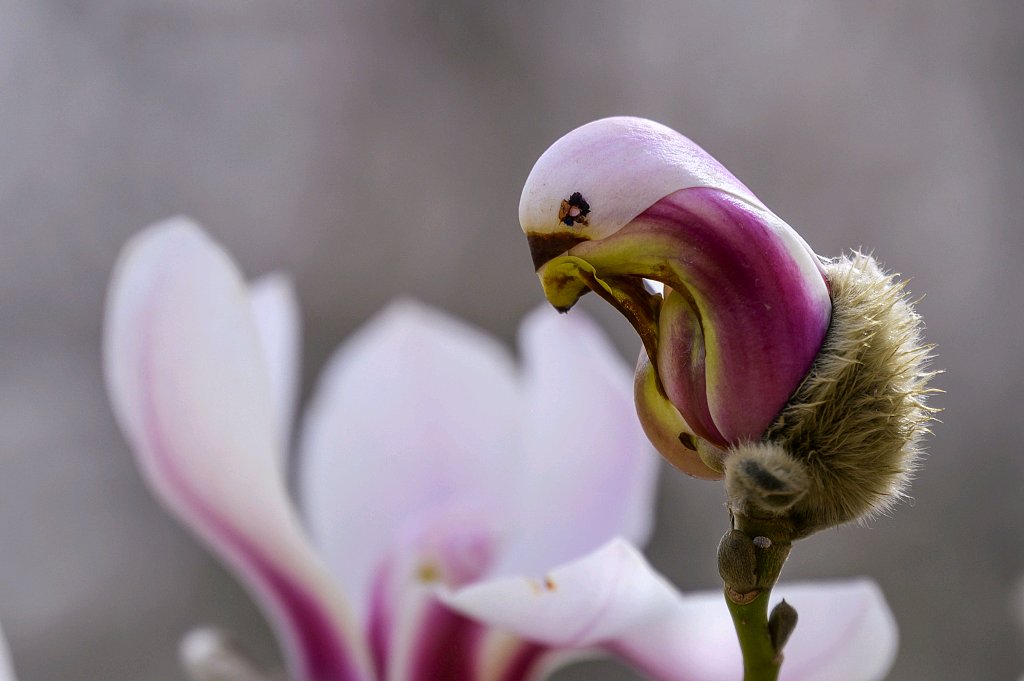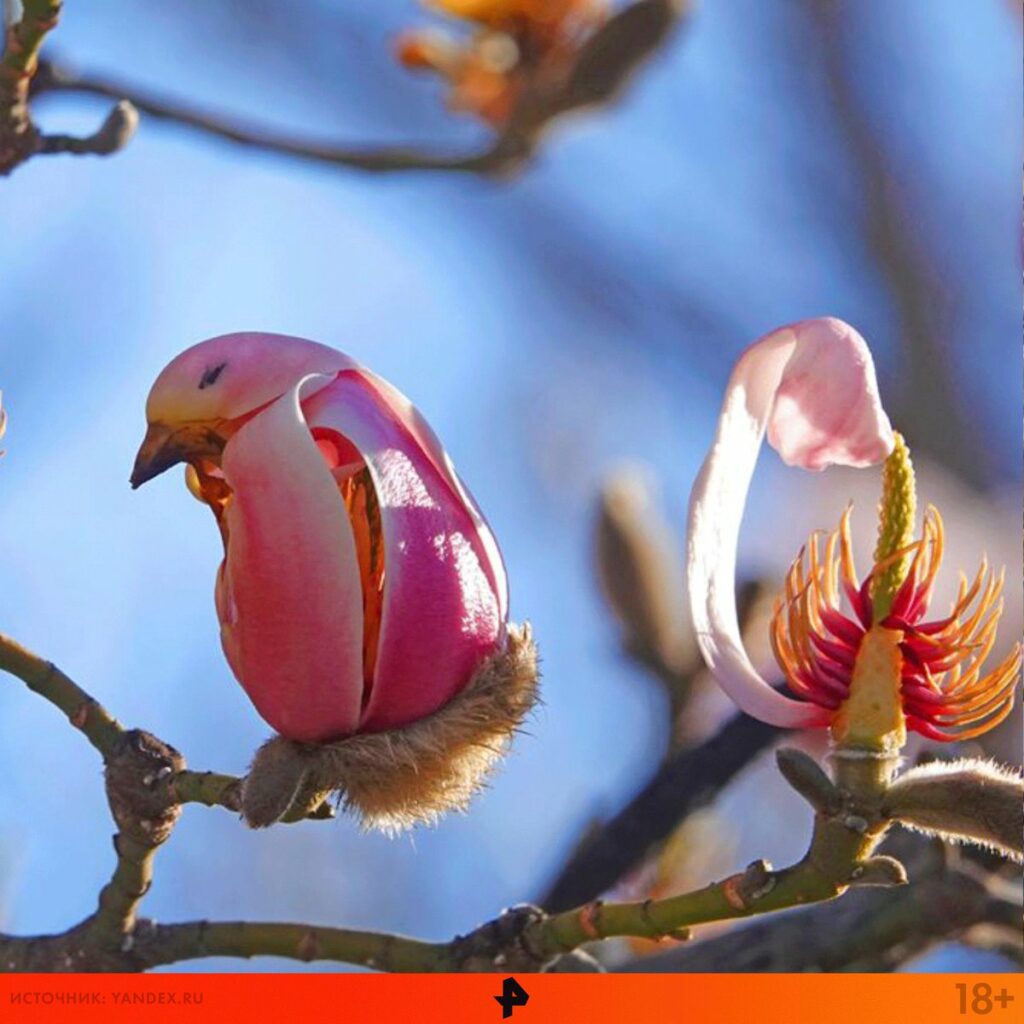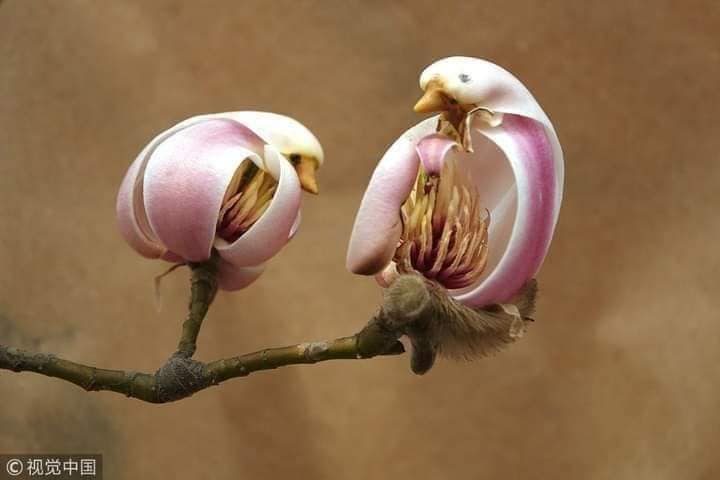The Yulan Magnolia, also known as the Chinese Magnolia, is a breathtakingly beautiful flowering tree that has captivated people for centuries. With its striking white flowers and delicate, avian-inspired petals, the Yulan Magnolia is a symbol of purity, elegance, and natural beauty. In this article, we’ll explore the history, symbolism, and horticulture of this mesmerizing plant.

History of the Yulan Magnolia:
The Yulan Magnolia is native to eastern and central China and has been cultivated in Chinese gardens for over a thousand years. It was introduced to Europe in the 18th century, where it quickly became popular among gardeners and horticulturists. Today, the Yulan Magnolia is widely grown in gardens and parks throughout the world, from Asia to Europe to North America.

Symbolism of the Yulan Magnolia:
In Chinese culture, the Yulan Magnolia is a symbol of purity and nobility. It is often associated with the qualities of perseverance and resilience, as it blooms in the early spring when other flowers are still dormant. The Yulan Magnolia is also a popular subject in Chinese art and literature, where it is often used to symbolize feminine beauty and grace.

In Western culture, the Yulan Magnolia is sometimes associated with the concept of rebirth and renewal. This is because the tree blooms in the spring, when the world is awakening from the winter slumber. The white flowers of the Yulan Magnolia are also often seen as a symbol of innocence and purity.
Horticulture of the Yulan Magnolia:
The Yulan Magnolia is a deciduous tree that typically grows to a height of 30-40 feet, with a spread of 20-30 feet. It prefers well-drained soil and full sun to partial shade. The tree is hardy in USDA zones 6-9, which means it can survive winter temperatures as low as -10°F.

One of the most striking features of the Yulan Magnolia is its flowers. The flowers are large, white, and fragrant, with a cup-shaped structure that is reminiscent of a bird in flight. The petals are thick and waxy, which helps to protect the flower from the elements. The flowers bloom in early spring, usually before the leaves emerge, and can last for several weeks.
In addition to its stunning flowers, the Yulan Magnolia is also valued for its attractive foliage. The leaves are glossy and dark green, and can grow up to 8 inches long. In the fall, the leaves turn a warm golden-yellow color before dropping from the tree.
The Yulan Magnolia is a relatively low-maintenance tree, but it does require some pruning and care. The tree should be pruned in late winter or early spring, before the buds begin to swell. This will help to shape the tree and promote healthy growth. The Yulan Magnolia should also be watered regularly during the growing season, especially during hot and dry weather.
Conclusion:
The Yulan Magnolia is a stunningly beautiful tree that has captured the hearts and imaginations of people for centuries. Its avian-inspired blossoms and delicate, elegant petals make it a symbol of purity, grace, and natural beauty. Whether you’re a gardener, a nature lover, or simply someone who appreciates the finer things in life, the Yulan Magnolia is a tree that is sure to take your breath away.
